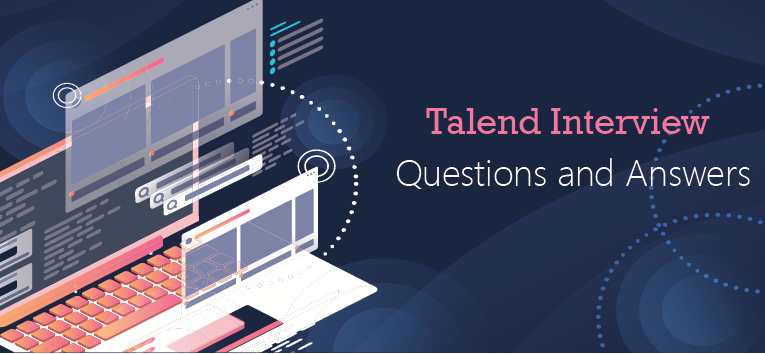In today’s data-driven world, effectively managing and harnessing the power of data is crucial for the success of businesses and organizations. When it comes to monitoring and visualizing data in the cloud, two formidable tools often come into play: Amazon CloudWatch vs. Kibana. In this revamped blog post, we will delve deeper into these two solutions, providing a comprehensive comparison of their features, use cases, and advantages to assist you in making an informed decision.
Amazon CloudWatch
Amazon CloudWatch, a robust monitoring and observability service provided by Amazon Web Services (AWS), is designed to help you collect and monitor data from a wide array of AWS resources, applications, and services. CloudWatch offers an extensive range of features for real-time monitoring, including metrics, logs, and events.
Key Features of Amazon CloudWatch
- Metric Collection: CloudWatch excels at collecting and storing a variety of metrics, including AWS resource metrics and custom application metrics. It also allows you to set up alarms based on these metrics to enable automated alerting.
- Logs Management: The platform offers comprehensive log aggregation and management capabilities, including real-time log streaming, log querying, and seamless integration with AWS Lambda for log processing.
- Dashboards: With CloudWatch, you can create customized dashboards to visualize your metrics and logs, providing valuable insights into the health and performance of your applications and infrastructure.
- Alarms: CloudWatch makes it easy to establish alarms based on metric thresholds, ensuring you receive timely notifications when specific conditions are met.
- Events and Automation: Leverage CloudWatch Events to automate responses to events occurring within your AWS resources and applications, streamlining operational tasks.
- Integration: CloudWatch seamlessly integrates with various AWS services and offers a range of APIs to enable custom integration with third-party tools and services.
http://informationarray.com/2023/10/04/grafana-vs-influxdb-finding-the-perfect-pairing-for-data-visualization/
Use Cases for Amazon CloudWatch
- Monitoring AWS infrastructure and services.
- Tracking and optimizing application performance.
- Managing and analyzing logs for troubleshooting.
- Establishing automated alerts and responses.
- Crafting custom dashboards for real-time data visualization.
Kibana
Kibana, on the other hand, is an integral component of the Elastic Stack and is tailor-made for log and data analysis, search, and visualization. It is frequently paired with Elasticsearch and Logstash to create robust data analytics solutions.
Key Features of Kibana
- Data Visualization: Kibana truly shines when it comes to data visualization and exploration. It offers an intuitive interface for crafting interactive dashboards, charts, and graphs.
- Log and Data Analysis: Kibana is exceptionally proficient at parsing and analyzing log data, making it an ideal choice for troubleshooting and monitoring.
- Advanced Search: Powered by Elasticsearch, Kibana provides potent search capabilities, including full-text search and advanced filtering.
- Alerting: Kibana can be seamlessly integrated with other Elastic Stack components, such as Elasticsearch and Logstash, to establish advanced alerting systems.
- Machine Learning: It also boasts machine learning capabilities for anomaly detection and forecasting.
Use Cases for Kibana
- In-depth log analysis and visualization.
- Data exploration and rapid search.
- Crafting interactive and tailor-made dashboards.
- Implementing advanced alerting and anomaly detection.
http://informationarray.com/2023/10/04/grafana-vs-aws-cloudwatch-a-comprehensive-comparison/
A Detailed Comparison
Let’s break down the differences between Amazon CloudWatch and Kibana with a side-by-side comparison:
| Feature | Amazon CloudWatch | Kibana |
|---|---|---|
| Data Source | AWS resources, applications, services | Logs, data files, Elasticsearch |
| Data Visualization | Basic charts and graphs | Advanced data visualization |
| Log Analysis | Yes | Highly proficient |
| Custom Metrics | Yes | Limited |
| Alerting | Yes | Yes (with additional components) |
| Data Retention | Customizable | Customizable |
| Integration | AWS services, APIs | Elasticsearch, Logstash, Beats, APIs |
FAQs
Q1: Can I use Kibana with Amazon CloudWatch?
A1: Yes, you can use Kibana to analyze and visualize data from CloudWatch logs or any other data source. This typically involves setting up Elasticsearch as an intermediary.
Q2: Which is more cost-effective, CloudWatch, or Kibana?
A2: Cost-effectiveness depends on your specific use case and data volume. CloudWatch pricing is based on the number of metrics, while Elastic (Kibana’s parent company) offers various pricing models.
Q3: Which tool is better for real-time monitoring?
A3: Amazon CloudWatch is primarily designed for real-time monitoring and alerting for AWS resources, whereas Kibana excels in data visualization and exploration.
Q4: Can I use Kibana without Elasticsearch?
A4: While Kibana is often used in conjunction with Elasticsearch for log and data analysis, it can also be utilized with other data sources and databases, albeit with some feature limitations.
In the ongoing debate of Amazon CloudWatch vs. Kibana, the choice ultimately hinges on your specific needs and infrastructure. If you have a significant investment in AWS services and require real-time monitoring, CloudWatch emerges as the natural choice. On the flip side, if you demand advanced data visualization, log analysis, and potent search capabilities, Kibana may be the more suitable option. In some scenarios, a harmonious blend of both tools can offer a comprehensive solution to meet your data monitoring and analysis requirements effectively.
Useful Links:









